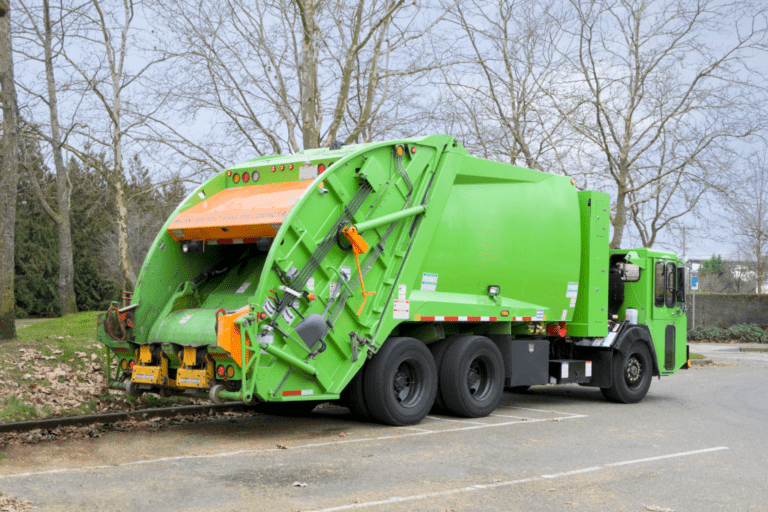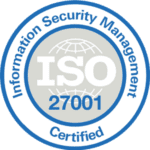While heavy equipment may be hard to lose, it’s even harder to keep track of. In the past, heavy equipment maintenance has meant hundreds of hand-written pages and endless spreadsheets.
Outdated methods of tracking maintenance pretty much guaranteed countless headaches, eye strain, and time wasted. Not to mention, mistakes slip through the cracks all too easily when each piece of equipment requires mountains of paperwork. Heavy equipment maintenance software not only saves time and prolongs machine life, it ensures compliance standards are met and saves money on avoidable repairs.
Heavy Equipment Maintenance
Routine maintenance and preventative maintenance are two sides of the same coin. Any routine maintenance is preventative, and a routine needs to be established for preventative maintenance to be effective.
Proactive Maintenance
Really, maintenance should be broken up into two categories: proactive and reactive. Examples of preventative (proactive) routine maintenance would be oil changes, tire rotations, and inspecting fluid levels, brake pads, and tire tracks. Other proactive care includes cleaning and restoring parts, technical monitoring, and oil analysis. True proactive care should also include following the manufacturer’s recommendations and scheduling maintenance for equipment when vehicles hit specific usage milestones.
Reactive Maintenance
Altogether, the many layers of proactive care can be overwhelming and confusing to navigate, especially as the fleet grows. However, to fall behind on maintenance and provide care for machinery only once problems have already occurred would fall under reactive maintenance. This is not ideal for any company, as it wastes time and money on replacing parts that could have been easily cleaned or fixed months prior. For example, paying to replace tires that could have been simply rotated.
Digitizing Paperwork
Properly maintaining heavy equipment leaves quite a paper trail. Inspection checklists alone can produce dozens for a single piece of equipment. The amount of paperwork only grows the longer the equipment is owned. Now factor in part orders, communication between departments, invoices, and a long history of use and repair on any given machine, and organizing all that paperwork takes Herculean effort. Organizing reports takes significantly more time and then paperwork always seems to disappear when needed.
With heavy equipment maintenance software, forms and checklists are filed and stored digitally. Digital paperwork means organizing documents is streamlined and simple. Any information about a given machine is kept together and simple to find.
Availability
Not only does digitizing save time and space, but it also guarantees that vital information is available to anyone with an internet connection. This kind of availability could be extremely useful for communication between technicians and administration, as the machine’s operation history can be shared with the press of a button. This would also ensure that communication between departments is recorded and verifiable.
Collaborative Communication
Physical modes of communication can be messy. Not only are things like mailing and faxing documents a hassle, but old ways of communication are not reliable. Mail isn’t guaranteed to arrive on time, and can really add up in the long run. Faxes may not be passed off to the correct person, and any flaw in the machine can result in important information being lost or delayed. With no way of verifying that the intended recipient received communication, sticky situations are bound to happen.
When paperwork and communication are kept digital, information like machine history, invoices, and conversations are easy to upload and organized. Efficient communication helps prevent misunderstandings and missed deadlines while allowing multiple departments to collaborate on common goals.
Ensuring Compliance
Meeting regulations can be difficult to navigate, especially as more equipment is owned. There are multiple organizations that govern both vehicle and driver compliance and safety: the DOT, FMCSA, and OSHA, to name a few. Each company requires its own form of proof of compliance, and failure to satisfy any requirements can mean expensive fines–or worse, the end of the company.
Department of Transportation
Common violations of DOT regulations include failure to pass drug tests, speeding, improper turns, improper documentation, improper licensing, or exceeding the number of allowed driving hours. These are violations that would pertain to the DOT’s jurisdiction of “the road.”,
Occupational Safety and Health Administration
OSHA has jurisdiction over everything that happens off the road. This includes incidents like loading and unloading at the warehouse, dock, airport, or anywhere a vehicle may be traveling to pick up or drop off. OSHA has regulations that pertain to almost everything, from how to store hazardous materials to the use of ladders.
DOT and FMCSA Audits
The FMCSA’s mission is to reduce crashes, injuries, and fatalities involving large trucks and buses. Therefore, they have regulations similar to the DOTs and have requirements that pertain to both drivers and vehicles. This means that not only will paperwork need to be accessible and ready to be shown to the DOT, but to FMCSA as well. Many of the regulations that pertain to equipment maintenance overlap, but need to be verified with each organization regardless–meaning that between multiple audits, the chances of losing paperwork increase. This is where maintenance software can be extremely important, as it automatically keeps documents sorted in a way that’s ready to be presented for an audit, and ensures that nothing gets lost in the process.
Whip Around
For a heavy equipment maintenance software company that’s both affordable and excellent quality, take a look at Whip Around. Their software is user-friendly but doesn’t cut any corners when it comes to ensuring that your fleet is audit-ready and at peak performance. The key to any maintenance software is ensuring that it’s a worthwhile investment for the company, meaning that any monetary cost yields a return in saved time, avoided repairs, and flying through audits. Whip Around prides itself on giving customers service that goes beyond any price tag–your fleet’s success is their success. Along with document organization and storage, their software gives reminders when it’s time for regular maintenance–so you’ll never miss another oil change or tire rotation. Managing heavy equipment isn’t easy work, so avoid unnecessary stress by investing in quality software.









